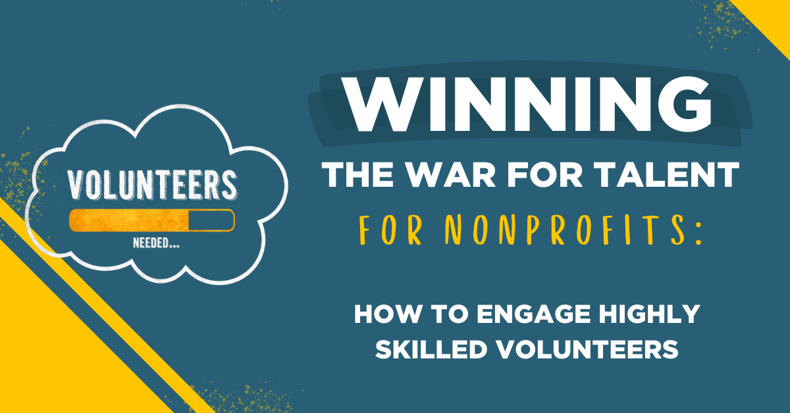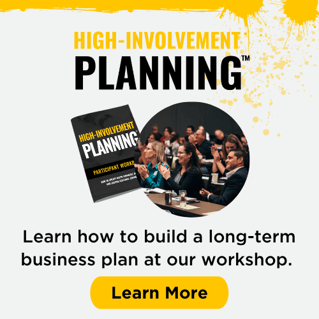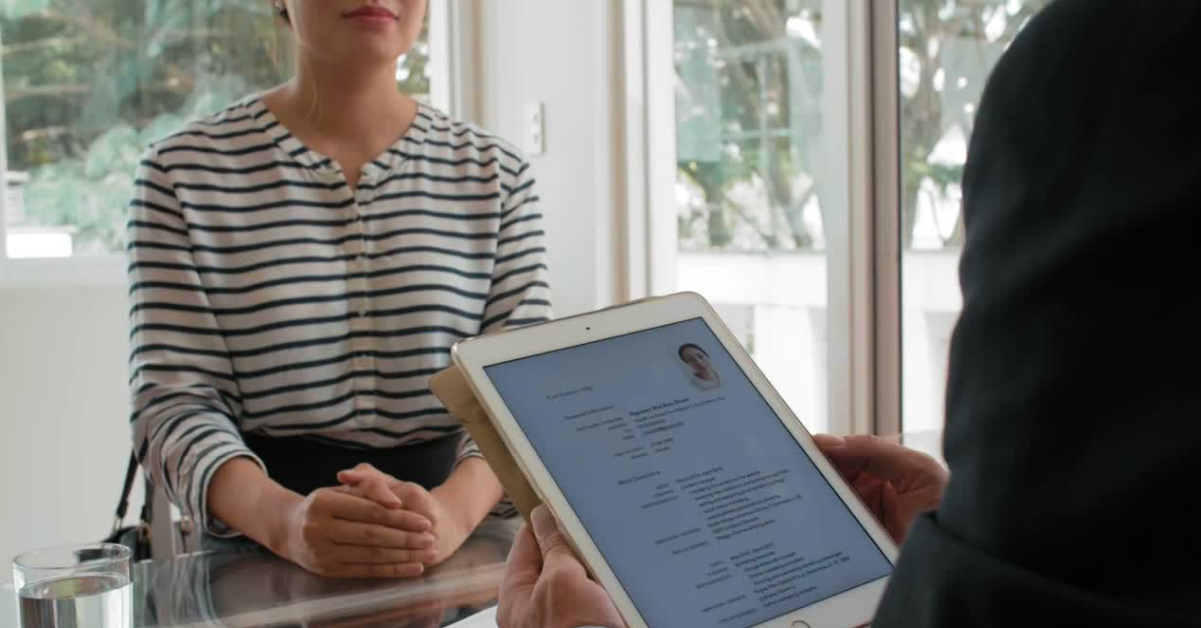[ad_1]

You’ll experience the labor shortage differently depending on where you’re standing. If you’re a business owner, you might be considering shorter hours, posting signs asking for grace from customers, or redesigning your company culture. But if you’re a nonprofit worker, you might be telling a hungry family: “I’m sorry, we can’t provide food for you tonight.” Or a woman escaping domestic violence: “There’s no room in our shelter at this time, we’re at capacity.” This is the reality for nonprofits across the nation as they struggle to compete in the war for talent.
<< Get help with business planning and strategizing at our workshop. >>
A 2021 survey from the National Council of Nonprofits shows 47% of nonprofits currently have at least a month-long waiting list for services, or they’re unable to accept new clients due to staffing issues.
One of the biggest barriers to winning the war for talent for nonprofits is the ability to compete with for-profit salaries. But nonprofits have two major advantages: they offer meaningful work, and they can use volunteers.
And in 2022, there’s a massive amount of talented people looking for meaningful volunteer opportunities.
They’re retiring at a rate of 10,000 per day with decades of experience in industries like healthcare, marketing, education, and technology.
They are the baby boomer generation, and they’re ready to volunteer.
But these volunteers don’t want to answer phones, stuff envelopes or serve meals, they want to use the skills they’ve spent a lifetime honing.
Nonprofits who proactively respond to this need by creating more highly-skilled volunteer roles, can bridge the labor gap and engage talented new retirees who suddenly have plentiful time on their hands.
Highly-Skilled Volunteers Provide Massive Value to Nonprofits
 Greg Burris is one nonprofit leader who saw the labor shortage coming.
Greg Burris is one nonprofit leader who saw the labor shortage coming.
As a baby boomer himself and an avid follower of macrotrends, Burris created the Give 5 Program, a nonprofit in Springfield, MO, whose mission is to connect highly-skilled, new retirees with meaningful volunteer opportunities at local nonprofits.
“There are 70 million of us that are not ready to sit in a rocking chair on our front porch and yell at kids to get off our lawn,” said Burris.
Give 5 participants learn about local nonprofit missions through a series of live tours and educational presentations over a span of several weeks. At the end of each session, Give 5 graduates commit to “give 5” hours of volunteer work per month to one or more organizations.
Burris has seen these highly-skilled volunteers offer major value to their nonprofit partners–providing healthcare services, community education, security consulting, woodworking, and more.
As the current CEO of the United Way of the Ozarks, Burris uses a Give 5 volunteer–a retired marketing executive–to help his team with social media, branding strategies, and marketing personas.
“We could never afford to contract with him–we could not get that kind of talent,” said Burris.
How to Recruit and Utilize Highly-Skilled Volunteers
While programs like Give 5 help streamline the process, nonprofits can find and engage highly-skilled volunteers by making a few simple tweaks to their volunteer recruitment and onboarding process.
The first step is to assess what the organization needs, and start creating higher-level volunteer descriptions that outline these specific needs.
Nonprofits might be used to recruit volunteers for simple roles that staff doesn’t have the capacity to do–such as meal preparation or clerical work. Volunteer leaders like Greg Burris recommend thinking bigger.
“It’s important for nonprofits to step back and really be intentional about the volunteer roles they create,” said Burris.
“The highly-skilled volunteer is going to be saying ‘I need something with purpose, and I want to be challenged a little bit.’”
Another option is to add a section to the volunteer application for applicants to list their former occupations and special skills. Interviews are also helpful–after a volunteer passes through initial onboarding, volunteer leaders can conduct a one-on-one interview to get a full picture of what they have to offer.

It’s also important not to overlook the talent that may lie hidden in the “already active” volunteer list. Burris recommends interviewing or surveying current volunteers to ensure nonprofits aren’t missing out on untapped talent.
How to Find Opportunities as a Highly-Skilled Volunteer
Potential volunteers can help nonprofits bridge the labor gap by making the first move: contacting organizations about their desire to help.
While your particular skillset may not be on their radar, innovative nonprofits will find a way to fit you into their mission.
Once you identify a nonprofit mission you want to connect with, contact their volunteer coordinator to introduce yourself and let them know the skills you offer, your experience in the field, and how many hours per week or month you’re willing to volunteer.
Be sure to make your intention to use your skills known upfront–call or email an organization before filling out any paperwork or going through a background screening.
Attending a volunteer orientation is also a great way of meeting an organization’s staff and discussing your skills in person before making a commitment.
The Future of The Labor Shortage for Nonprofits
The war for talent is still a tough battle for nonprofits, but there is hope.
If organizations are willing to think outside the box of simple volunteer roles, create higher-level opportunities and tap into existing volunteer talent, they’ll attract highly-skilled volunteers who are ready and willing to help.
According to Greg Burris, what’s most important is to start making these changes to your volunteer process now, because the labor shortage isn’t resolving any time soon.
“Looking at the data, we could say the labor market is as good as it’s going to get for the next 15-20 years,” said Burris.
“We will increasingly rely on volunteers, and the ones that do this the right way will have a competitive advantage.”
Are you ready to start thinking outside the box? Harness the wisdom of the crowd —learn how to get your entire organization engaged in the business!

[ad_2]
Source link

More Stories
How Business Knowledge Can Help You Solve Problems Faster
The Role of Business Knowledge in Scaling Your Startup
Business Knowledge: The Secret to Outperforming Competitors